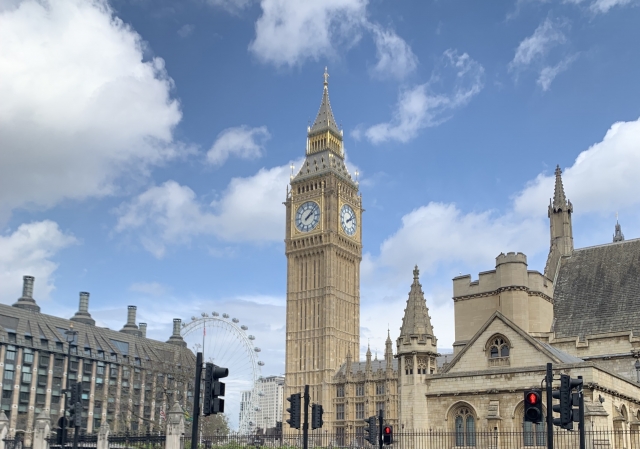
Italy and England have a culture of renovating old historical buildings and using them for 200 years.
The culture of stone and brick buildings.
On the other hand, in Japan, paper and wood buildings are subject to typhoons and earthquakes, and they are frequently rebuilt.
However, the significance of progress in equipment is also significant.
After the real estate bubble burst, I had got requests to renovate a student dormitory on a local university campus into a nursing home and use it. I have seen many locations.
I quickly realized that it was completely unusable.
The student dormitory from the enterence are not barrier-free.
There is no elevator.
There is no running water or toilet in each private room.
Rebuilding is more realistic than renovation.
The cost of renovation a building is one-third of the cost of a new construction.
The useful life after that is also short.
The term of the loan is also short.
After all, Japanese buildings look shabby when refurbished.
Land and buildings are too small.
In Kanagawa, there was a company that renovated a company dormitory into a nursing home in a high-value district, but I haven’t heard about it until now.
Japanese people like new products.
In addition to barrier-free living, in a senior/eldery citizens home there will be things as new sensors, testing equipment, online systems, and work spaces for caregivers and more, there is a need for alot of space.
In Hawaii, I have seen temples turned into day services, and houses remodeled into group homes.
Originally, the building was large and spacious.
Japan is becoming more intensive care than ever before, and design facilities are approaching hospitals.
From hospital to facility.
And from home, to housing.
I understand how you feel, but the reality is that once again, and it’s going in the opposite direction.
Accidents are also increasing in elderly housing, and administrative regulations are becoming as strict as facilities.
Deregulation has made it difficult to move forward with housing.
Urban buildings and condominiums will have more vacancies as the population declines and the number of people working from home due to corona has increased.
Companies naturally think that vacant buildings can be used for housing for the elderly, but those buildings are not buildings where people can live.
The design, equipment, and administrative laws are all different.
I know day care and nursery.
After the real estate bubble, more and more tenants turned the vacant floors into rental conference rooms in central Tokyo.
However, when online telecommuting increased, the number of users also decreased.
Investing in buildings entails risks as the needs will change with the times.
If you don’t repay the debt after 30 years, you can’t write it off or repay it.
Enormous real estate investment risks accompany the hospital nursing home business.
The reason I personally guarantee all debts is because I risk my life as a business owner.
I wish I had taken out more life insurance when I was younger.
Of course, this is a joke.
In fact, the business itself is the collateral.
A business model that continues to grow steadily.
Maintenance that takes care of building facilities and does not degrade the building value.
Employees are our number one asset.
Continue to improve, rather than maintain growth and quality.
I believe that the management of medical welfare is the management of both hands.
Is it management with both hands and feet?
Today`s new PCR positive staff: 2
Thank you for your hard work. Thank you.
Pulse oximeter 96/97/97
Blood sugar 171 Body temperature 36.5 degrees
On-site manager
CEO Yasunari Koyama








